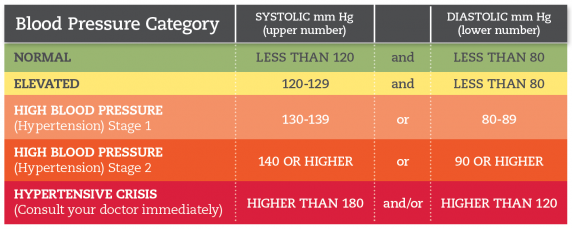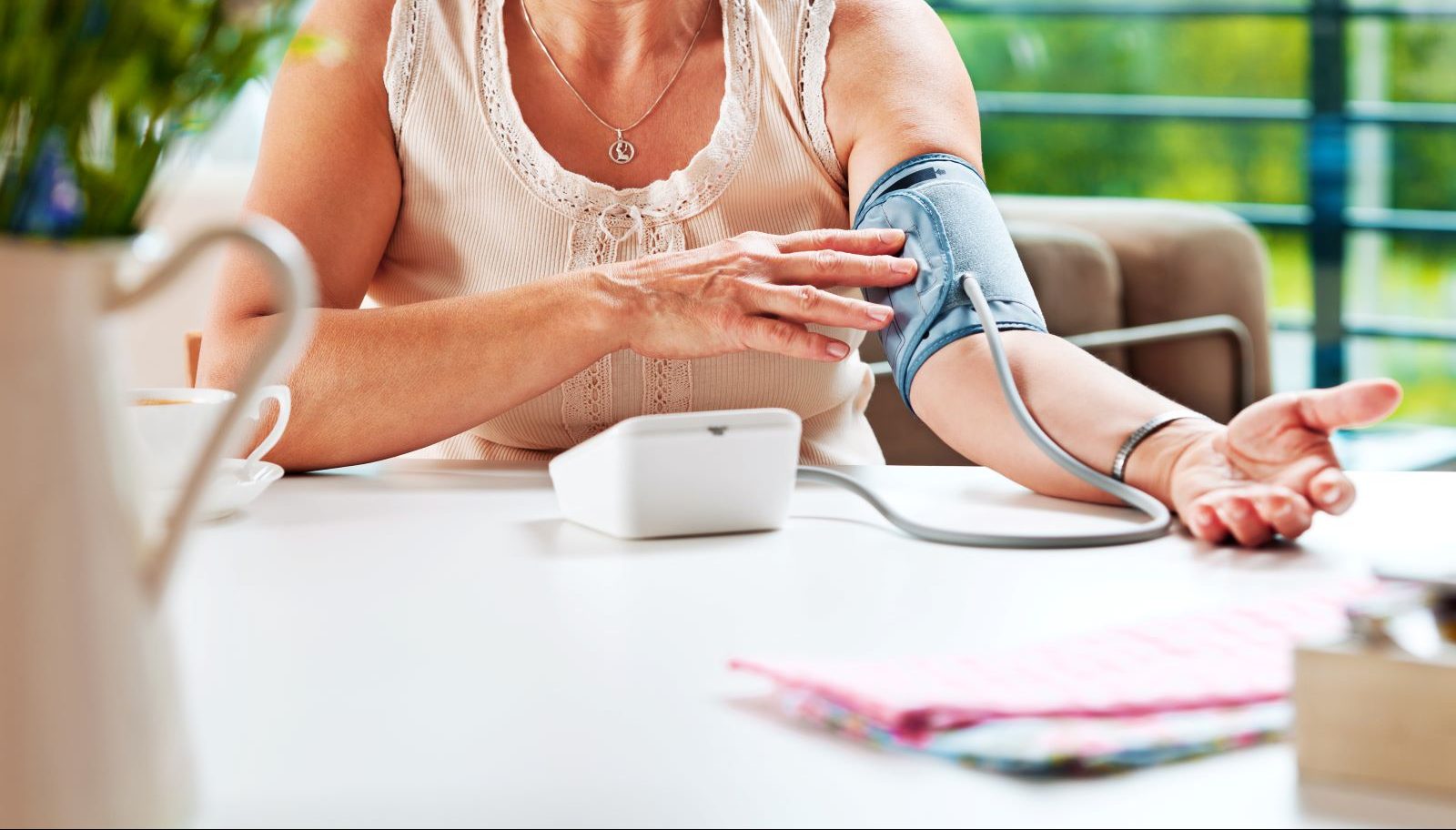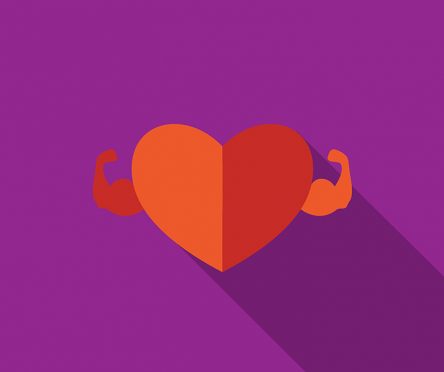Nearly half of adults in the U.S have hypertension, more commonly known as high blood pressure, and only one in four of those adults have their blood pressure controlled. If left untreated, hypertension can lead to life-threatening complications and even death.
For many Americans diagnosed with high blood pressure or those with high risk factors, routine home blood pressure monitoring can be one of the most effective ways to help manage hypertension. Although a doctor will take your reading during a visit, it is only a snapshot taken at that single moment. A home blood pressure monitor more accurately captures your blood pressure over time and gives your doctor a better understanding of your average daily reading.
“Clinical guidelines recommend measurement of home blood pressure in order to appropriately identify and treat high blood pressure,” explains Catherine A. Callan-Heiligmann, APRN, nurse practitioner at The Hospital of Central Connecticut’s Heart & Vascular Institute and director of population health at Hartford HealthCare’s Integrated Care Partners. “Clinical studies have shown home blood pressures are more accurate than blood pressures taken in the office.”
There are several low cost home blood pressure monitor options which can be purchased over the counter at most local pharmacies. Your health care provider can also write you a prescription for a monitor, which may be covered by your insurance. For recommended brands and models, visit the American Medical Association website.
Taking an accurate home blood pressure reading:
- Sit comfortably for at least five minutes with your arm resting at heart level and palm facing up.
- Place the cuff on your bare arm and confirm appropriate size for an accurate reading.
- During your blood pressure reading, there should be no talking and your arm should remain still.
- If your blood pressure reading is ≥ 140/90, wait a minimum of five minutes and repeat.
According to Callan-Heiligmann, “The best time to take your blood pressure is at least two hours after taking your blood pressure medication (if you are on any), and sitting for at least five minutes.” She reiterates how important those five minutes of sitting can be as “activity can increase your blood pressure and lead to an elevated reading.”
In addition to physical activity, there are a number of different factors before and during the reading that can affect its accuracy, including:
- Stress.
- Alcohol, caffeine and tobacco use.
- Cold temperatures.
- Full bladder.
- Talking or texting.
- Crossing your legs.
Understanding your blood pressure reading:
The upper number of your blood pressure reading refers to your systolic pressure, which is the maximum pressure the heart exerts while beating. The lower number refers to your diastolic pressure, or the amount of pressure in the arteries between heart beats. If your blood pressure ever reads over 180 for systolic pressure or 120 for diastolic pressure, consult your doctor immediately.

What to do with your blood pressure readings:
It’s important to keep a blood pressure diary, as your detailed records may explain changes in your blood pressure readings and help your doctor make sure you get the right treatment. Callan-Heiligmann encourages everyone to bring their blood pressure recordings to every office visit to supply your provider with the most accurate information.


